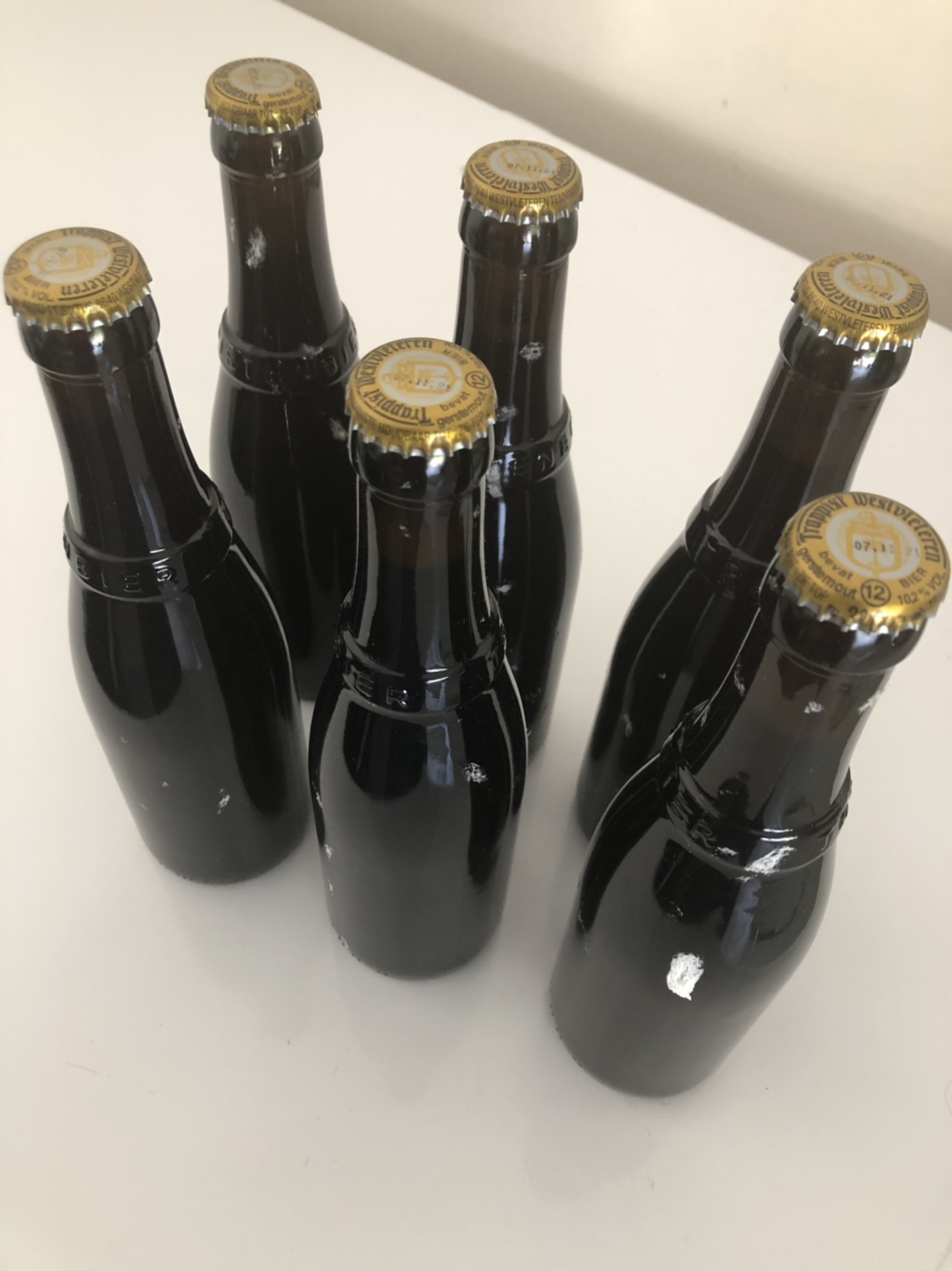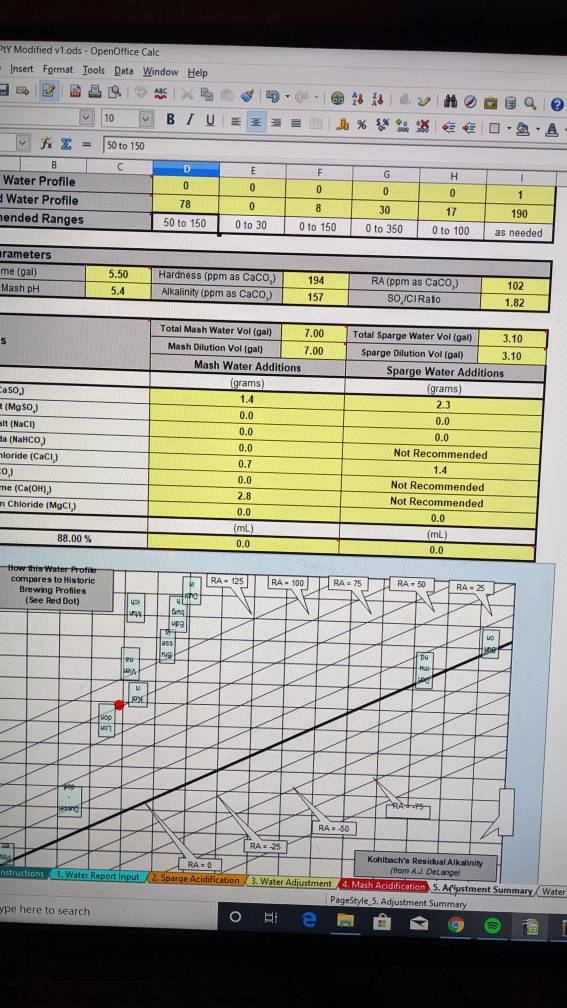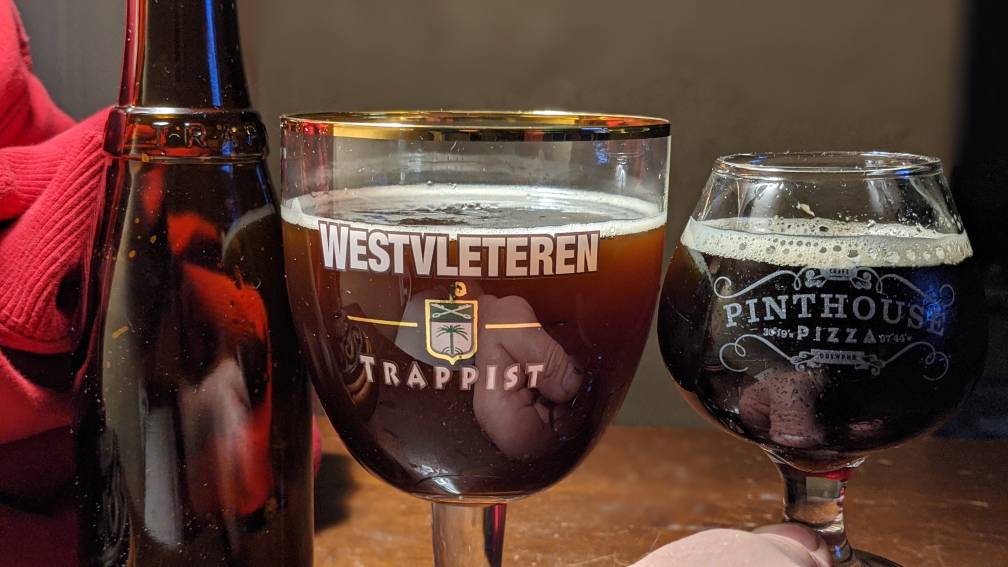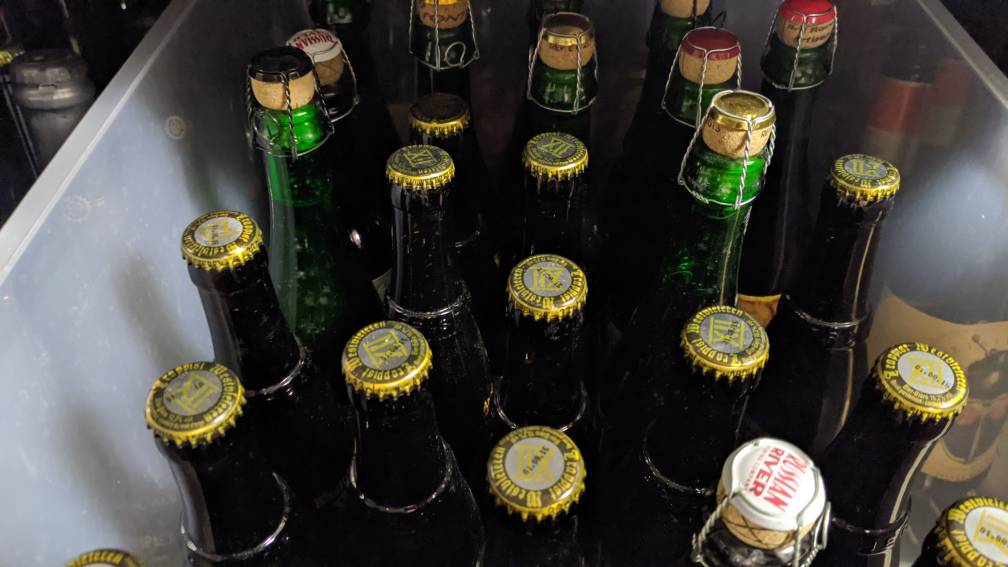mirthfuldragon
Well-Known Member
Ok so I am planning on brewing this beer next weekend. I am going with 8lbs each of MO/Pilsner and 3 packs of D-180.
My LHBS only had one pack of WLP530 from February 5th which expires in Aug. What is the ideal step up process to get this yeast up to 350 B cells over a weeks time? I know yeast health is the most important part of this beer. I only one have one 2L flask.
Any suggestions?
A 1L starter at 1.036 (3.6 oz DME) spits out 355B cells using Brewer's Friend calculator on a stir plate. You could build 1.5L starter and then save some for later.





























![Craft A Brew - Safale S-04 Dry Yeast - Fermentis - English Ale Dry Yeast - For English and American Ales and Hard Apple Ciders - Ingredients for Home Brewing - Beer Making Supplies - [1 Pack]](https://m.media-amazon.com/images/I/41fVGNh6JfL._SL500_.jpg)






































